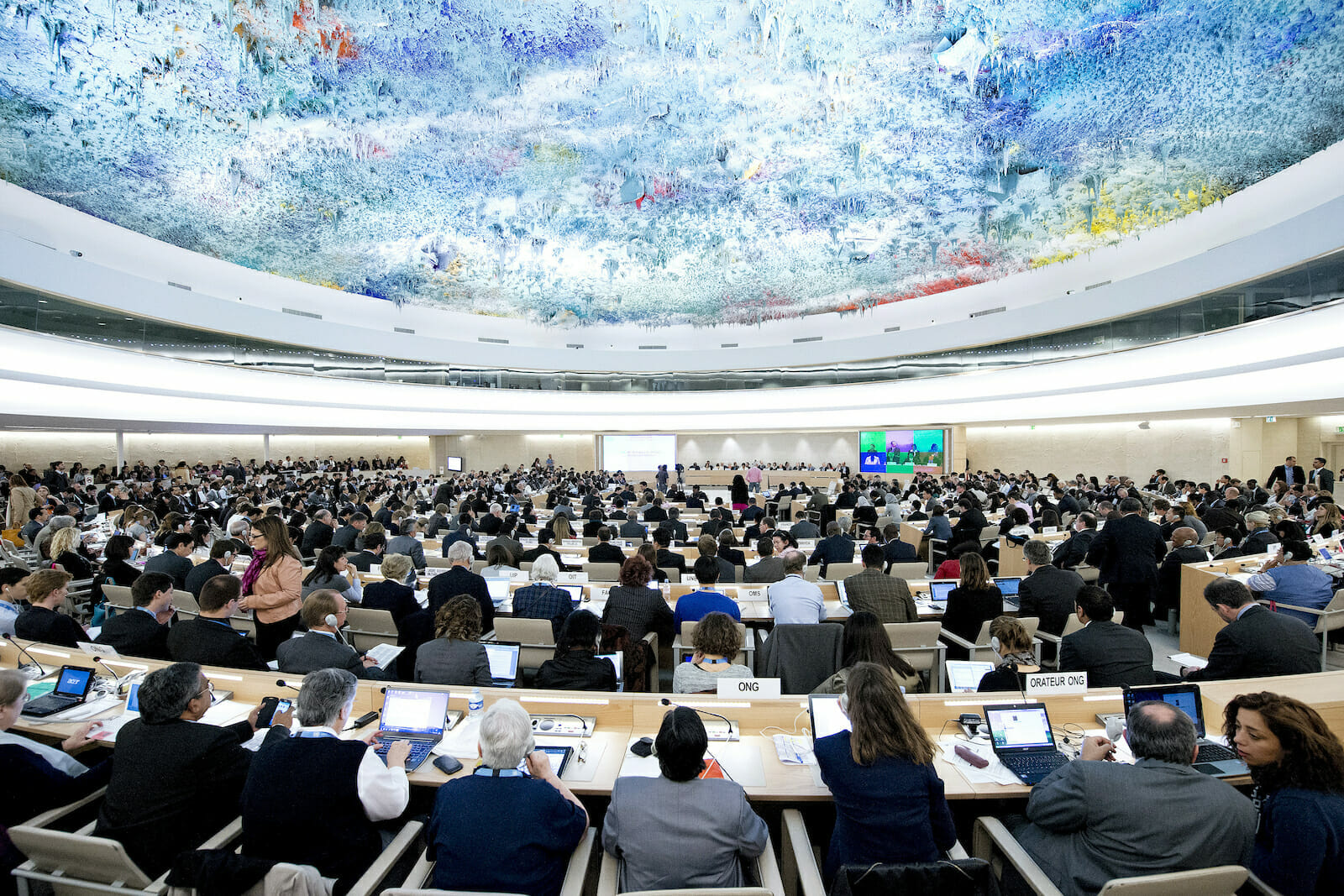
Salt on Old Wounds: Post-War Sri Lanka
“Salt on Old Wounds: The Systematic Sinhalization of Sri Lanka’s North, East and Hill Country” the first study published by The Social Architects (TSA), seeks to set out the systematic, increasing and widespread process of Sinhalization that is taking place in historically Tamil areas in the North, East and Hill Country in post-war Sri Lanka.
While focusing on the process of Sinhalization that is currently being implemented, this monograph seeks to situate it within the broader historical process of Sinhalization that has been carried out by different governments spanning a number of decades. The report argues that even though Sinhalization is not a new phenomenon, the sweeping changes which continue to occur in historically Tamil areas inhibit the country’s ability to heal after nearly three decades of civil war.
Although the current government’s rhetoric gives importance to building bridges between communities by ensuring those affected are able to fully and freely exercise their rights, in reality, its actions are evidence of the Sri Lankan State’s lack of respect for the rights of all its citizens, particularly the Tamil people.
This paper will show that the concept of Sinhalization extends well beyond the subjects of strategic state-planned settlements, land, military intrusion, boundary changes and the renaming of villages. Sinhalization has made its way into Tamil cultural events, religious life, economic activity, public sector recruitment, and even the Sri Lankan education system. Since the Tamil community is attempting to recover from the devastating impact of the civil war and rebuild social networks and community structures, attempts to control and demolish socio-cultural aspects of their lives, such as the takeover and destruction of temples, inhibit their attempts to engage in emotional healing and community regeneration even minimally.
The most important element of the process of Sinhalization is the continued militarization of many aspects of civilian life. While this is a national phenomenon, it is most aggressively practiced in the Tamil majority areas of the country. Even though at present it is the North and the East that are most militarized, creeping militarization is also evidenced in the Hill Country. As set out in the report, militarization is an effective tool used by the State to gain and maintain both government and Sinhala monopoly of various aspects of day to day life, including the provision of services by the civil administration, economic activities and civic activities in Tamil majority areas. It also helps create and maintain a sense of fear within the Tamil community.
Nearly three years following the end of the civil war, state policies such as those discussed in this report have deepened existing feelings of fear, suspicion, and mistrust between and within communities rather than creating more understanding amongst them, exacerbated ethnic tensions and further polarized the country. The current government which has exploited the war victory, a weak and fragmented opposition, and a two-thirds majority in parliament, is no longer beholden to its constituents. Instead, it has evolved into a semi-authoritarian populist regime with little tolerance for dissent. In this context, rising Sinhala nationalism and the concomitant disregard for Tamil rights means that members of this community are unable to even voice their needs and concerns, let alone express dissent and protest against restrictions imposed upon them.
This paper is not meant to be an exhaustive discourse on Sinhalization or Extremist Sinhala Buddhist ideology. Rather its purpose is to inform, educate and provide clear, convincing evidence that, with the explicit backing of the Mahinda Rajapaksa administration, State-sponsored Sinhalization has been increasing in Tamil majority areas in post-war Sri Lanka.

